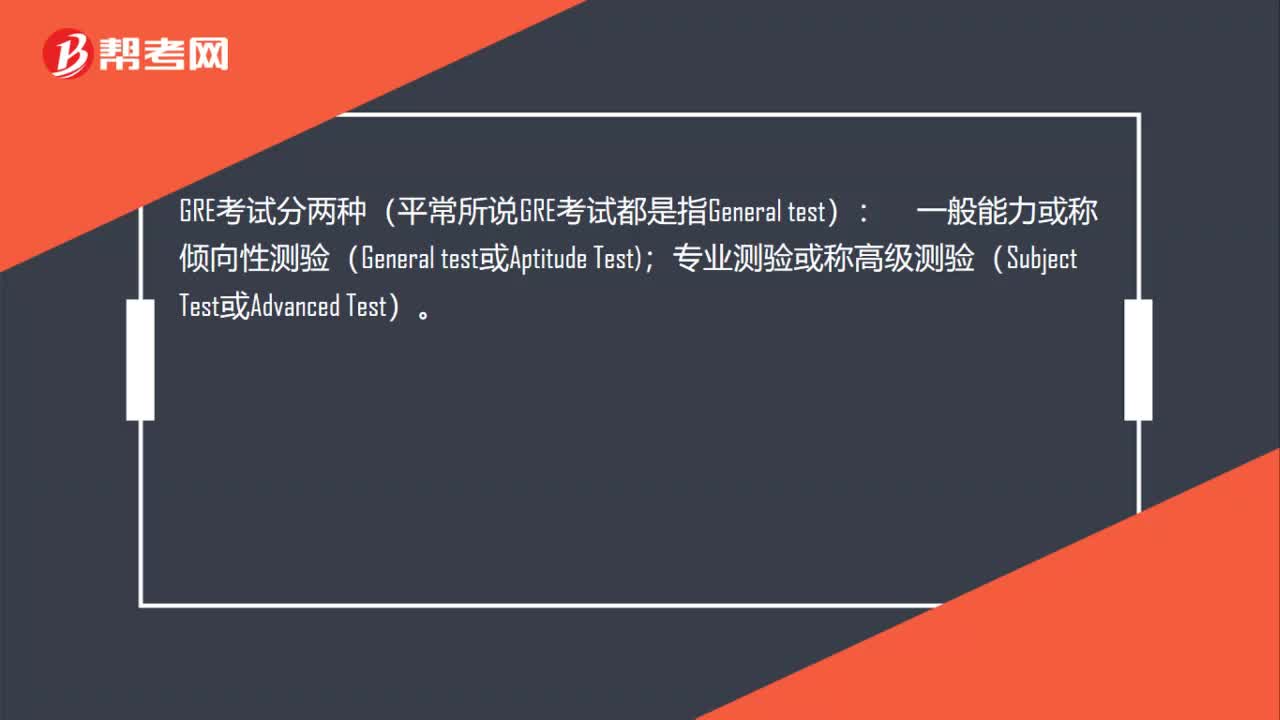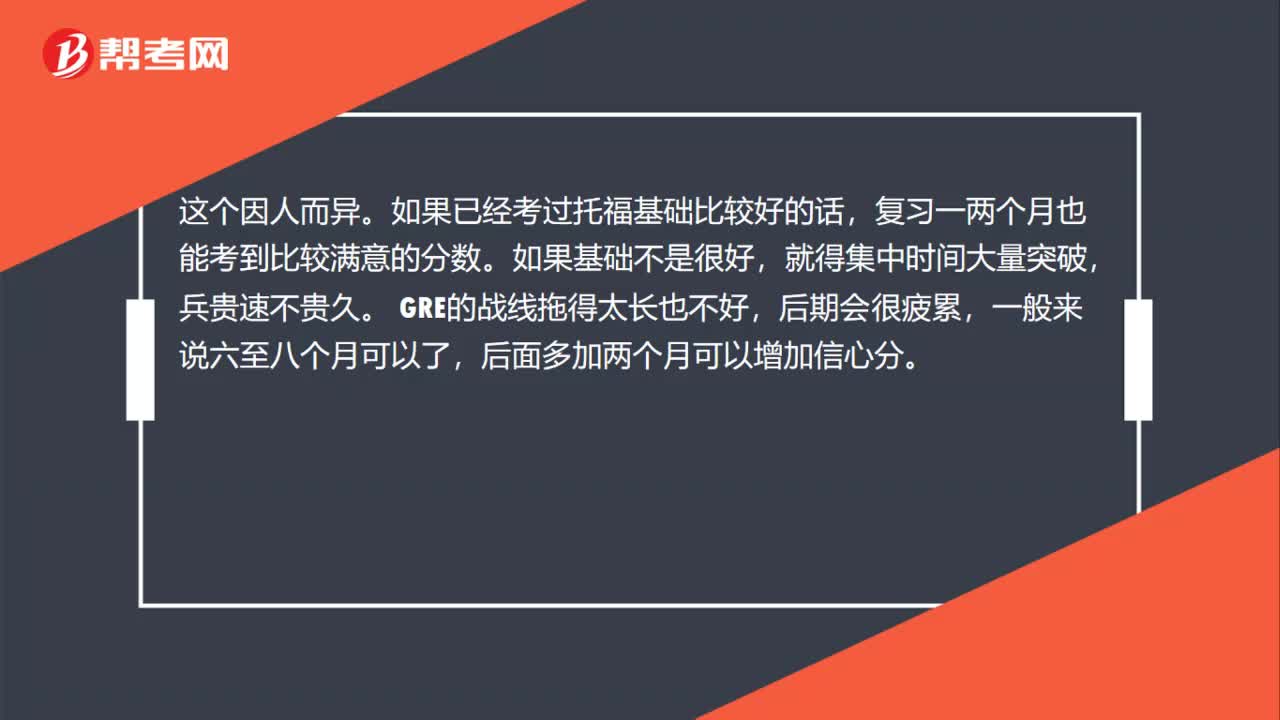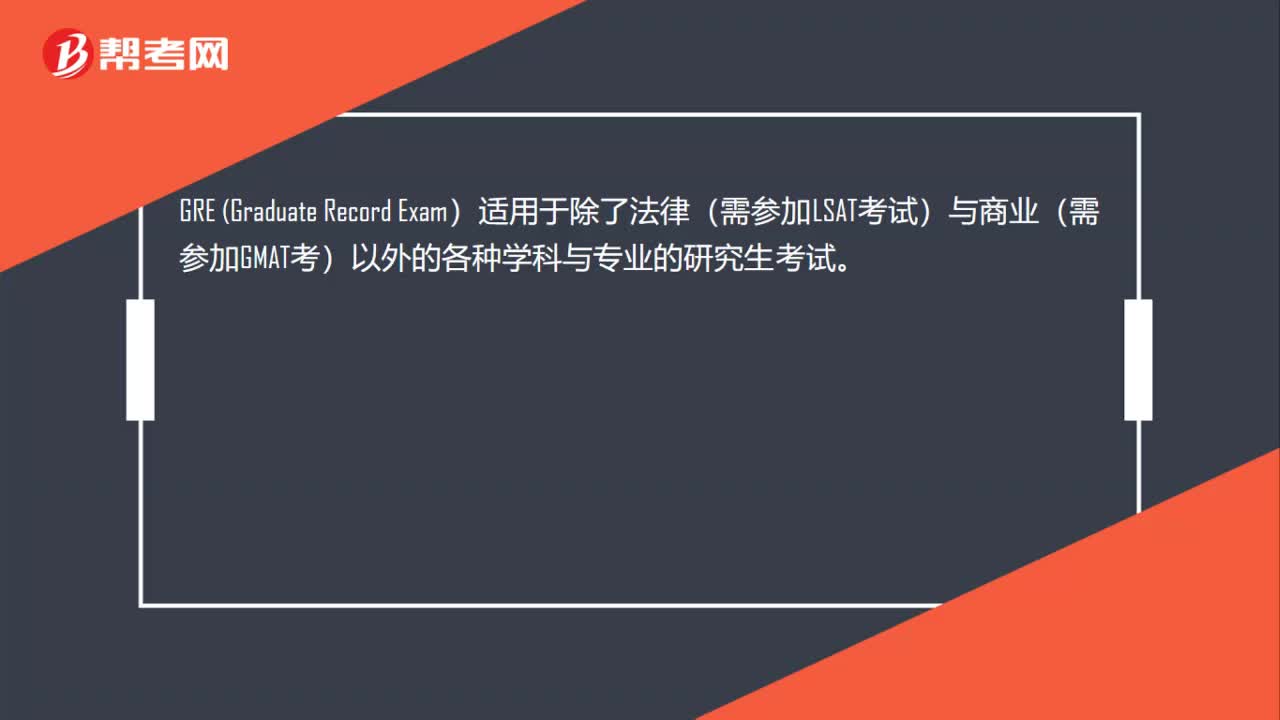
下载亿题库APP
联系电话:400-660-1360

下载亿题库APP
联系电话:400-660-1360

请谨慎保管和记忆你的密码,以免泄露和丢失

请谨慎保管和记忆你的密码,以免泄露和丢失

小伙伴们,GRE考试大家复习的怎么样了呢?下面是帮考网分享的一些GRE考试阅读部分的复习资料,一起来看看吧!
Most seismologists assume that following a major earthquake and its aftershocks, the fault (a break in Earth’s crust where pressure can trigger an earthquake) will remain quiet until stresses have time to rebuild, typically over hundreds or thousands of years. Recent evidence of subtle interactions between earthquakes may overturn this assumption, however. According to the stress triggering hypothesis, faults are unexpectedly responsive to subtle stresses they acquire as neighboring faults shift. Rather than simply dissipating, stress relieved during an earthquake travels along the fault, concentrating in sites nearby; even the smallest additional stresses may then trigger another quake along the fault or on a nearby fault. Although scientists have long viewed such subtle interactions as nonexistent, the hypothesis has explained the location and frequency of earthquakes following several destructive quakes in California, Japan, and Turkey.
1. According to the passage, which of the following is an assumption that may be invalidated by recent seismological evidence?
A. Earthquakes are caused by stresses building up in faults within Earth’s crust.
B. Most major earthquakes can be predicted with reasonable accuracy.
C. Faults are highly responsive to even minor stresses in neighboring faults.
D. Most major earthquakes are followed by predictable aftershocks.
E. A fault that has resulted in a major earthquake becomes quiet for a long period.
For the following question, consider each of the choices separately and select all that apply.
2. The passage suggests that most seismologists believe which of the following about fault stresses?
A. They are dissipated when they result in an earthquake.
B. They are transferred between neighboring faults.
C. They will not cause a major earthquake along the same fault in the space of a few years.
1
Most seismologists assume that following a major earthquake and its aftershocks, the fault (a break in Earth’s crust where pressure can trigger an earthquake) will remain quiet until stresses have time to rebuild, typically over hundreds or thousands of years.
多数地震学家假设,一次大地震及其余震过后,断层(地壳的一处断裂,挤压可能引发地震)会沉寂一段时间,直到压力随时间重新积累,往往要经过成百上千年。
2
Recent evidence of subtle interactions between earthquakes may overturn this assumption, however.
然而最近发现的一些,地震之间存在细微互动的证据,可能推翻这种假设。
3
According to the stress triggering hypothesis, faults are unexpectedly responsive to subtle stresses they acquire as neighboring faults shift.
根据压力触发假设,断层不该对附近断层移动所产生的细微压力有反应。
4
Rather than simply dissipating, stress relieved during an earthquake travels along the fault, concentrating in sites nearby; even the smallest additional stresses may then trigger another quake along the fault or on a nearby fault.
一次地震释放出的压力并不简单地消散,而是沿断层传递,集聚在附近某处;即使是最小的外加压力,都可能触发断层沿线或附近其他断层的再次地震。
好了,以上就是今天分享的全部内容了,各位小伙伴根据自己的情况进行查阅,希望本文对各位有所帮助,预祝各位取得满意的成绩,如需了解更多相关内容,请关注帮考网!
 37
37GRE考试有几种类型?:GRE考试有几种类型?GRE考试分两种(平常所说GRE考试都是指General test):一般能力或称倾向性测验(General test或Aptitude Test;专业测验或称高级测验(Subject。Test或Advanced Test)
 44
44GRE考试一般要准备多久?:GRE考试一般要准备多久?这个因人而异。如果已经考过托福基础比较好的话,复习一两个月也能考到比较满意的分数。如果基础不是很好,就得集中时间大量突破,兵贵速不贵久。GRE的战线拖得太长也不好,后期会很疲累,一般来说六至八个月可以了,后面多加两个月可以增加信心分。
 31
31GRE考试适用范围是什么?:GRE Graduate Record Exam)适用于除了法律(需参加LSAT考试)与商业(需参加GMAT考)以外的各种学科与专业的研究生考试。